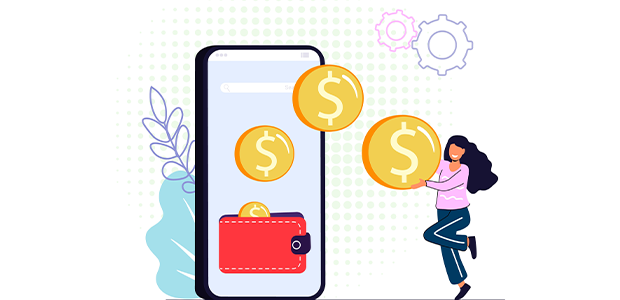
How monetising apps effectively benefits brands and users
Gary Knight, CEO at WOLF, explains the process of how the company monetised its app, successfully generating revenue for the company and its app users.
In today’s ever-changing and fast-evolving app world, finding the balance between remaining relevant and engaging to your audience – and ensuring the app generates enough revenue to continue to invest, improve and grow – is a delicate juggling act.
WOLF Qanawat is a British-developed audio entertainment communities app which we developed specifically for the Arabic-speaking MENA market. We have worked for 16 years to find the perfect monetisation balance in offering unique earning opportunities to app users, whilst generating revenue for the company, and over the past four years we have attracted over four million users.
How? One of the reasons is through our unique rewards system based on reputation points, incentivising users to participate in various activities within the app. These activities include purchasing ‘Charms’ with which to decorate their avatars, games, gifting other users, participating in in-app competitions and joining different channels. The rewards system is designed to encourage users to level up and unlock various perks such as the ability to personalise their own Charms and avatars. Most importantly, it provides a clear pathway for users to ascend the ranks within the app, showcasing their growing influence and status through leaderboards.
Positively, WOLF optimises the model by giving back to the app community, adhering to a revenue share model from the gifting, sharing the revenue with performers, content creators and channel owners who are hosting and creating shows for their communities.
In-app and subscription purchases are the main revenue streams for the company. However, since WOLF Qanawat is a user-generated content app, to entice more users and encourage ever-better entertainment, the company decided to offer the very best performers a share of the revenue, with financial benefit for all stakeholders. While the in-app channel owners get recognition from other app users, receiving money from bots and other rewards that their audience gifts them
Specifically, there are three revenue generators. Firstly, users can buy ‘Charms’ to gift to other content creators or performers to show appreciation for the entertainment.
Secondly, in-app ‘bot’ games and tools are purchased to increase engagement, as well as enjoying challenging competition and play between users. The third revenue generator is the premium subscriptions that app users buy. Users can join more channels when they have a subscription among other great perks like getting special access to live events.
This has proved successful for everyone; the company generates revenue to continue improving the app, whilst its users also revenue share – it’s a win-win for everyone. So, what were the considerations when developing this monetisation model? Ultimately apps should give great value and content to its users, so offer attractive rates and use convenient models. This all helps in the quest to keep users loyal.
Motivation is key to successfully implementing a monetisation model that works. To do this, we encourage users to be competitive, highly creative and ever-evolving in the valuable and entertaining shows and channels they offer other users. Initially they are encouraged to join the app to engage with others, perform and then retain audiences at an affordable and competitive rate. Initial engagement is key, showing users how easy and important it is to connect, recognising the value of performances.
The average user joins the app to make friends, chat and experience others’ performances that they can engage with live. It’s only when a performer has reached an official “WOLFStars” level that they start to make money. The more engagement, higher audience numbers and more gifting, the more they will make through revenue share. The WOLF Qanawat app is based on live interactivity, so the more engaging you are with the community, the more you are paid.
It’s clear that monetisation attracts more talent. Nearly all apps that involve user performance have a monetisation model in place. Always look for new ways to improve and develop and always look at how to enhance the user experience – that should always be the priority.

